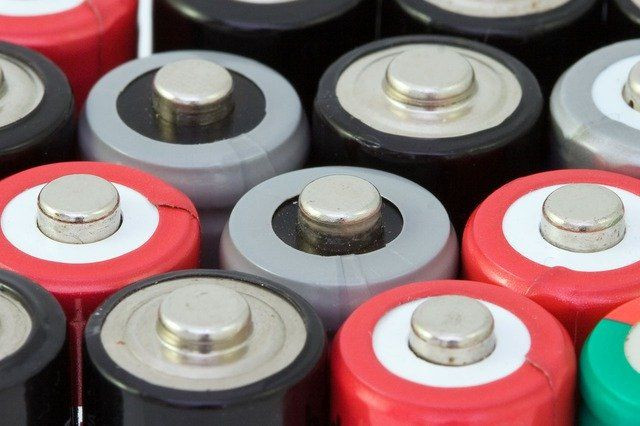Researchers Create Fully Edible Rechargeable Battery [Photo]
KEY POINTS
- Researchers created a battery that's made from food
- It can be used to power edible electronics
- It may also help create safer batteries
Ever heard of edible batteries? A team of researchers in Italy has actually created a rechargeable battery that's fully edible because it's made from food.
Although the average life expectancy has doubled in the past century, thanks to advances in healthcare, the diagnostic procedures followed in gastrointestinal monitoring are still "invasive and uncomfortable," the researchers noted in their paper, which was published in the journal Advanced Materials.
"Edible electronic devices will have major implications for gastrointestinal tract monitoring, therapeutics, as well as rapid food quality monitoring," they wrote. "Recent research has demonstrated the feasibility of edible circuits and sensors, but to realize fully edible electronic devices edible power sources are required, of which there have been very few examples."
So for their work, the team from the Italian Institute of Technology (IIT) created a battery that's fully edible by making it from common food ingredients and additives that people can eat "without harm in large amounts."
They used riboflavin (vitamin B2) — found in almonds — and quercetin, which can be found in food such as capers, as the anode and cathode respectively. They used nori seaweed, typically used in sushi, for the separator to prevent short-circuiting and the common food additive activated charcoal to boost electrical connectivity.
Pronta la prima batteria commestibile. E' stata realizzata in Italia, da @IITalk , utile per medicina e controlli del cibo.@advancematerial https://t.co/9bQT3XncVj
— ANSA Scienza&Tecnica (@AnsaScienza) April 13, 2023
"(W)e realized a fully edible rechargeable battery for the first time, which can be used to power edible electronics," the researchers wrote in their paper.
The battery cell operates at a voltage that's low enough that it won't create problems in the human body if it's ingested. It can power small devices for a certain time.
"The battery demonstrated a stable operating potential compared to the previously reported edible supercapacitors, a higher operating potential compared to previously reported edible fuel cell, and it is a fully edible rechargeable device compared to the previous report of the edible battery electrode materials," the researchers noted.
In the short term, these batteries can replace the toxic batteries currently used in ingestible devices, the researchers said. Though the battery housing is still bulky, it can be developed to be a bit more thinner. But in the long run, they may actually have a wide range of uses.
They can be used in various fields such as healthcare, pharmacology and even in creating edible batteries for children's toys, research coordinator Mario Carioni said.
This could certainly be useful as battery ingestion in kids remains "an ongoing challenge." The repercussions of a child swallowing a battery can be "immediate, devastating and deadly."
The latest innovation could also help in creating safer batteries without using toxic materials, said study co-author Ivan K. Ilic.
"While our edible batteries won't power electric cars, they are a proof that batteries can be made from safer materials than current Li-ion batteries," Ilic explained. "We believe they will inspire other scientists to build safer batteries for truly sustainable future."

© Copyright IBTimes 2024. All rights reserved.





















